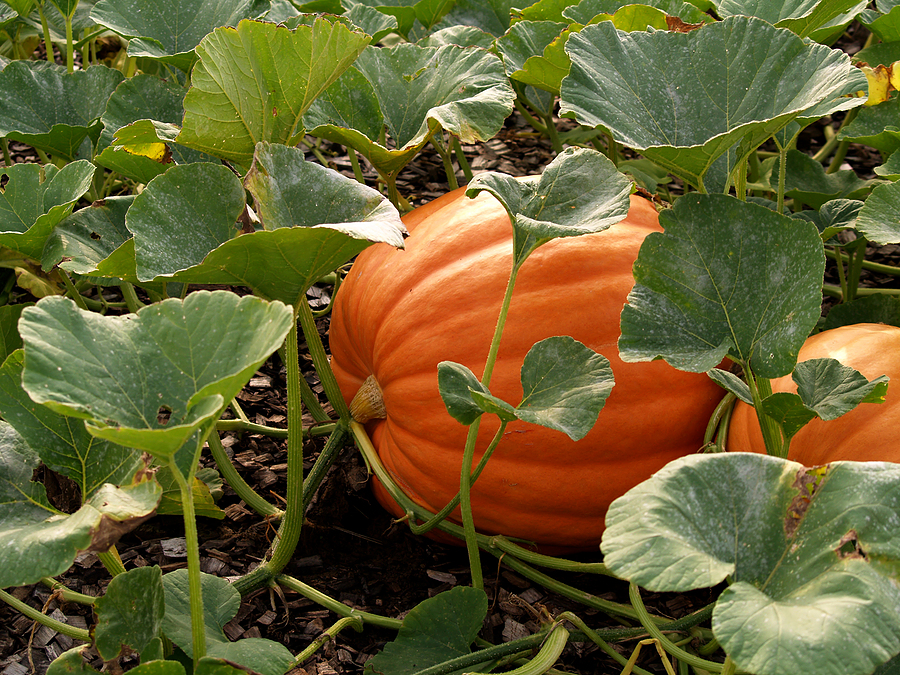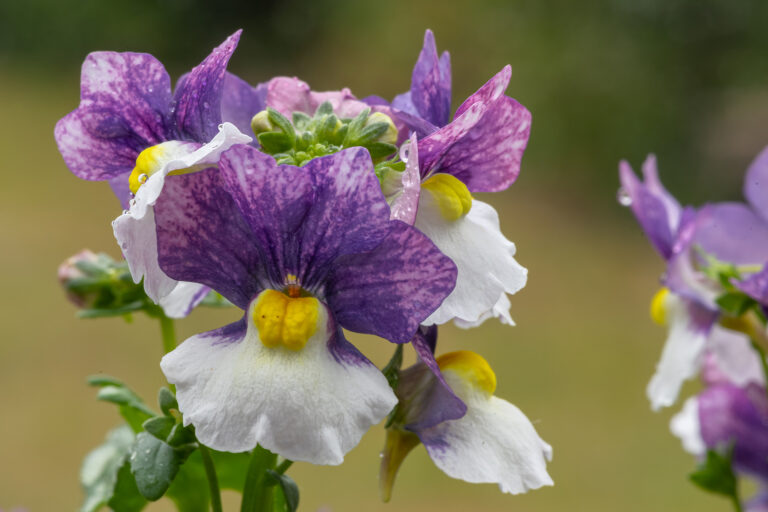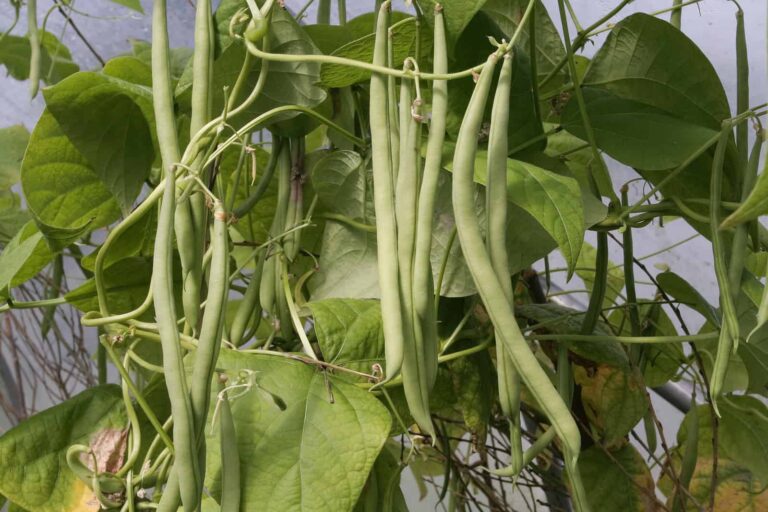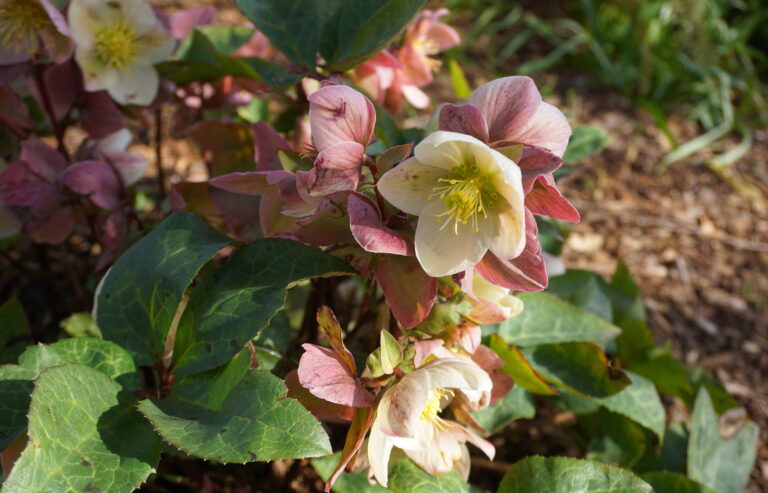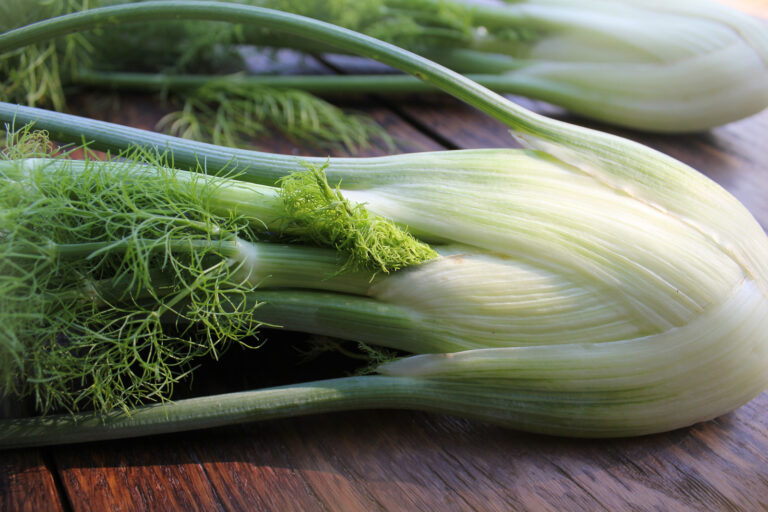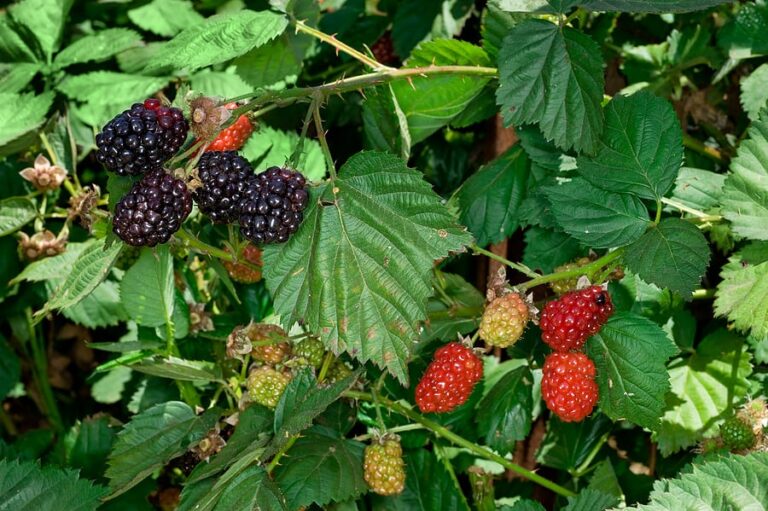How to Grow Pumpkins: Complete Guide from Planting to Harvest
Pumpkins are one of the most rewarding crops to grow. From planting seeds in spring to harvesting big, beautiful fruits in fall, every step of the journey offers something exciting—and delicious!
I’ve been growing pumpkins for more than 20 years, from backyard gardens to container setups on patios. Over the seasons, I’ve learned firsthand what works (and what doesn’t), and in this complete guide, I’ll walk you through everything you need to know to grow your best pumpkins ever.
Whether you’re dreaming of homemade pumpkin pie, festive fall decorations, or simply the fun of growing your own Jack-o’-lantern, you’ll find all the tips and insights you need right here.
Quick Pumpkin Growing Tips
Growing pumpkins successfully starts with meeting a few basic needs—and over my 20+ years of experience, I’ve found that getting these right makes all the difference between a thriving patch and a struggling one. Here’s a quick overview of the essential conditions pumpkins need to grow strong and produce an abundant harvest.
- Pumpkins need full sun—at least 6 to 8 hours a day.
- Plant after the last frost when the soil is warm (65°F+).
- Provide plenty of space: pumpkin vines spread widely.
- Water deeply and consistently, especially during fruit set.
- Harvest pumpkins when they are fully colored and sound hollow when tapped.
How to Plant Pumpkins
Over the years, I’ve learned that planting pumpkins at the right time and in the right way is crucial. You can either start seeds indoors to get a jump on the season or direct sow seeds in the garden once the soil has warmed.Whether you’re starting seeds indoors or sowing directly in the garden, following these proven guidelines will give your plants the best possible start—and help you avoid common setbacks like cold damage or overcrowding.
Read more: How to Plant Pumpkins Successfully
Key tips:
- Indoor starting: Begin seeds 2–3 weeks before your last frost date.
- Direct sowing: Wait until the soil reaches 65–70°F.
- Spacing: Give each plant 3 to 5 feet to sprawl, depending on the variety.
- Cold protection: Use row covers if a late frost threatens.
In my own garden, starting seeds indoors in biodegradable pots has helped me achieve earlier harvests, especially in cooler springs.
Growing Pumpkins in Containers
If you’re short on space, don’t worry—you can absolutely grow pumpkins in large containers! I’ve successfully grown compact pumpkin varieties on patios and small decks using roomy pots and the right care techniques. With a big enough container and a little attention to watering and feeding, container-grown pumpkins can thrive just as well as those planted in the ground.
Read more: How to Grow Pumpkins in Containers
Use a container at least 15–20 gallons in size, and choose a bush or mini variety for best results. One season, I grew ‘Jack Be Little’ pumpkins in a half whiskey barrel and harvested more than a dozen tiny fruits!
Pumpkin Companion Plants
After years of growing pumpkins alongside different crops, I’ve found that good companions like corn, beans, and radishes can really boost pumpkin health by improving soil quality, attracting pollinators, and helping shade the ground. But I’ve also found that not all neighbors are helpful—plants like potatoes and brassicas (such as broccoli and cabbage) can compete heavily for nutrients or attract pests that may harm your pumpkins. For the best results, I always recommend planting pumpkins near their friends and keeping the troublemakers at a safe distance.
Read more: Best Companion Plants for Pumpkins
Good companions help shade the soil, attract pollinators, and even deter pests naturally.
How to Pollinate Pumpkins
Pollination is crucial for fruit set. Bees usually handle this job, but sometimes they need a little help.
Read more: Pumpkin Pollination: A Gardener’s Guide
Over the years, I’ve hand-pollinated pumpkins using a simple paintbrush when bee activity was low—and it made a huge difference in my harvest.
Watering and Feeding Your Pumpkins
I’ve learned that once those vines start sprawling, pumpkins turn into some of the hungriest and thirstiest plants in the garden. They need deep, steady watering to keep the soil evenly moist, especially during hot spells, and plenty of nutrients to fuel their rapid growth. I always start with a balanced fertilizer early on, then switch to a lower-nitrogen blend once flowering begins to make sure the energy goes into fruit production. Taking the time to feed and water them properly really makes the difference between a so-so harvest and a patch full of big, healthy pumpkins.
Read more: Watering, Feeding, and Caring for Pumpkins: A Complete Guide
Best practices:
- Water deeply once or twice a week rather than sprinkling daily.
- Use a balanced fertilizer early, then switch to a low-nitrogen formula once flowering starts.
- Mulch heavily to conserve moisture and suppress weeds.
Protecting Your Pumpkins: Pests and Diseases
Like all crops, pumpkins face their share of threats from pests and diseases, but with a little experience and attention, most problems can be managed before they get out of hand. Common pests like squash bugs, cucumber beetles, and vine borers can quickly damage plants if not caught early, so I always recommend checking the undersides of leaves regularly and handpicking pests when possible. Diseases like powdery mildew and downy mildew can creep in during warm, humid weather, so giving your vines plenty of space for air circulation and watering at the base (not overhead) are two simple but effective ways to keep your pumpkins healthy. Staying ahead with a little daily observation can make all the difference between a thriving crop and a disappointing season.
Read more: Common Pumpkin Pests and Diseases (and How to Stop Them)
Common problems I’ve encountered:
- Squash bugs: quick to multiply if not spotted early.
- Powdery mildew: often strikes late in the season, but manageable with good airflow and preventive spraying.
Harvesting Pumpkins
You’ll know it’s time to harvest a pumpkin when it has developed a deep, rich color and the rind feels tough enough that you can’t easily press it with your fingernail. I always listen for a hollow sound when I give the pumpkin a gentle tap, and I make sure the stem has started to dry out—both are clear signs that the pumpkin is mature and ready to come off the vine.
Read more: How and When to Harvest Pumpkins
In my experience, pumpkins left a bit longer on the vine after coloring up store better and taste sweeter.
Use pruners or a sharp knife to cut the stem, leaving several inches attached. Cure the pumpkins in a warm, dry spot for 10–14 days to harden the skin.
Storing and Preserving Pumpkins
Proper storage can keep pumpkins fresh for months, and with the right conditions, they’ll last well into winter. I’ve found that curing pumpkins in a warm, dry place for about 10–14 days after harvesting hardens their skin, making them more resilient to storage. Once cured, store pumpkins in a cool (50–55°F), dry area with good ventilation—like a basement or garage. This method helps prevent rot and extends shelf life, allowing you to enjoy your pumpkins for baking, cooking, or decorating well after the harvest season ends.
Read more: How to Store and Preserve Pumpkins After Harvest
Store cured pumpkins in a cool, dry place around 50–55°F. I’ve kept sugar pumpkins viable for baking well into February using this method.
Choosing the Right Pumpkin for Your Needs
Before choosing a pumpkin variety, it’s important to know whether you’re growing for cooking or carving. In my own garden, I’ve learned that smaller, sugar pie pumpkins are best for sweet, rich-flavored dishes like soups and pies, while larger varieties like Howden or Jack-O’-Lantern are perfect for carving thanks to their size and sturdy walls. Picking the right type from the start not only makes growing easier but ensures you get the best results at harvest—whether you’re planning a delicious meal or a festive display.
Read more: Choosing the Right Pumpkin: Cooking vs Carving
Some pumpkins, like ‘Sugar Pie,’ are prized for baking, while others, like ‘Howden,’ are made for carving.
Favorite Pumpkin Varieties to Grow
There’s a pumpkin for every garden—and every gardener!
Read more: Pumpkin Varieties You’ll Love to Grow
Some of my all-time favorites:
- ‘Baby Boo’: tiny, adorable, and perfect for decorations.
- ‘Rouge Vif d’Étampes’: the classic “Cinderella” pumpkin, beautiful and delicious.
- ‘Big Max’: a giant that impresses every time.
Bonus: A Delicious Pumpkin Recipes
Nothing beats fresh pumpkin in the kitchen.
Read more: Five Ways to Cook Pumpkins
Simple recipes from my house to yours—delicious ways to celebrate your harvest.
The Story Behind the Jack-o’-Lantern
Pumpkins and Halloween go hand in hand, but do you know the original story?
Read more: The Fun Legend Behind Jack-O’-Lantern
The old Irish myth of “Stingy Jack” explains why we carve faces into pumpkins every autumn.
Fun Facts About Pumpkins
Pumpkins have a rich history and lots of quirky facts!
Read more: Fascinating Facts About Pumpkins
Did you know pumpkins are technically a fruit? Or that the largest pumpkin ever grown weighed over 2,700 pounds?
Final Thoughts
Growing pumpkins is a joyful, satisfying experience, whether you’re a first-time gardener or a seasoned pro.
By following the techniques and tips I’ve shared from my own hands-on experience, you’ll be well on your way to a bountiful pumpkin harvest.
Ready to dive deeper?
Explore the links throughout this post for detailed, step-by-step help at every stage of the pumpkin-growing adventure!
Related Posts Start Here:
Getting Started
- Pumpkin Varieties You’ll Love to Grow
- Choosing the Right Pumpkin: Cooking vs Carving
- Pumpkin Seed Starting Tips
- How to Plant Pumpkins Successfully
- How to Grow Pumpkins in Containers
- Best Companion Plants for Pumpkins
Growing and Care
- Watering, Feeding, and Caring for Pumpkins: A Complete Guide
- Pumpkin Pollination: A Gardener’s Guide
- Common Pumpkin Pests and Diseases (and How to Stop Them)
Harvest and Beyond
- How and When to Harvest Pumpkins
- How to Store and Preserve Pumpkins After Harvest
- Five Ways to Cook Pumpkins
Bonus/Fun

